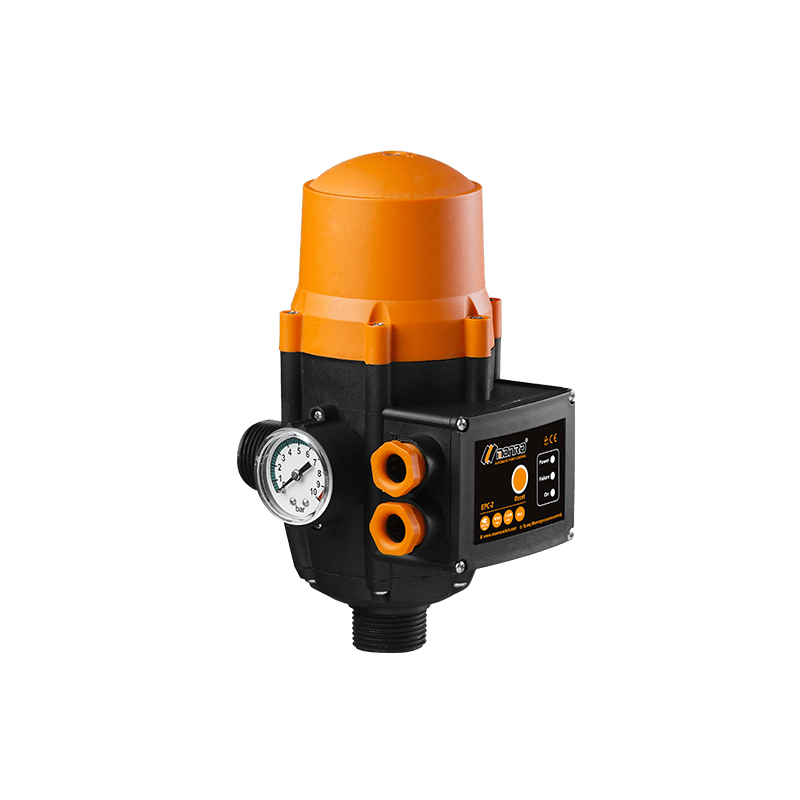Don't hesitate to send a message
Web Menu
Product Search
Exit Menu
The simple single-point switch is similar to a conventional pressure transducer
The nucleus of a pressure switch is the sensor, which determines system accuracy and reliability. Diffused silicon piezoresistive sensors, widely used in solid-state pressure switches, have homogeneous silicon measuring cells containing two vacuum-welded silicon plates. Diffused resistance elements on the upper plate connect to a fully active measuring bridge. The piezoresistive effect causes element resistance to change proportionally with measured pressure, and the unbalanced bridge produces a differential output voltage that indicates system pressure. The silicon measuring cell is housed in an oil-filled chamber. The resistance elements are attached to the circuit board with gold wires through glass-to-metal seals. A stainless steel diaphragm separates and protects the sensor from the medium.A solid-state pressure sensor can be of a modular construction to satisfy specific applications (see Figure 1).The simple single-point switch is similar to a conventional pressure transducer, with the addition of an adjustable control point and relay or transistor output.
The more sophisticated version incorporates a microprocessor that accepts the digitized signal from the amplifier and provides the keyboard interface and a variety of options, including local readout, digital or analog output, and adjustable switch points.The sensors can measure gauge, absolute, or differential pressure. An open-cell design (see Figure 2) measures gauge pressure to 150 psi. Changes in atmospheric pressure have no effect on sensor accuracy. The closed-cell sensor measures pressure from 150 psi absolute to 15,000 psig, or vacuum to 30 in.Hg. Differential pressure measurements require two stainless steel diaphragms, with a single silicon sensing element housed in a chamber filled with silicone fluid.In addition to simply measuring pressure and sending signals to a remote controller, the switches themselves can control many local operations. These include sequences based on minimum, normal, maximum, and shutdown system pressures, as well as automatic filling, emptying, pressurizing, and unloading accumulators.
Electronics for the latest generation of switches can also be tailored to handle level, temperature, and flow signals. One multifunctional pressure switch can house a number of switches and supervise multiple pressure points, a task that routinely requires several mechanical switches. This simplifies system design, cuts costs, and improves reliability.Many solid-state switches have a built-in keypad and display that simplify setup, especially when operating conditions and control parameters routinely change. Set points and deadbands can be programmed without pressure when the system is idle and changed while the system is running. Functional changes can also be made on the fly-monitoring increasing pressure, monitoring decreasing pressure, or pressure windows with upper and lower limits. The digital readout provides a wealth of information, including higher/lower process conditions, trends, diagnostics, a quick view of the set point and deadband, and whether the switch is set for rising, falling, or windows pressure control.
One concern with solid-state switches in industrial and process settings, however, is EMI that can corrupt signal data. For this reason, it is a good idea to select transducers, transmitters, and solid-state pressure switches that carry the Consumer Electronics mark or other such designation, indicating that the switch is unaffected by interference.Signals from pressure switches to PLCs and DCSs are usually analog, and this type of data will continue to dominate commercial and industrial controls for the near future. The growing need to frequently change set points and generate onboard diagnostics, however, is driving the demand for digital signals. Likewise, interest in fieldbus is on the rise, although lack of a universally accepted system is hampering its widespread use. Given the size of the potential cost savings, there is little doubt it will become the dominant control system of the future. Process industries will likely approach fieldbus as they did the change to DCSs, applying it to new plant construction and then to plant modernization.
https://www.monroswitch.com/
-
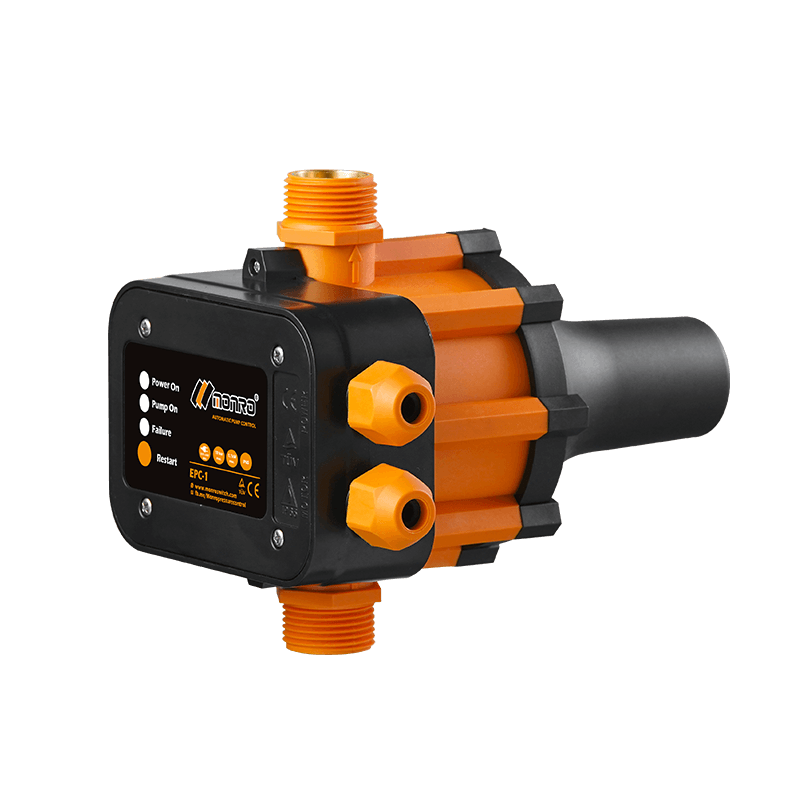 EPC-1
EPC-1Monro EPC-1 model pump controller is the classic and basic type, was loved by user in the global mar...
-
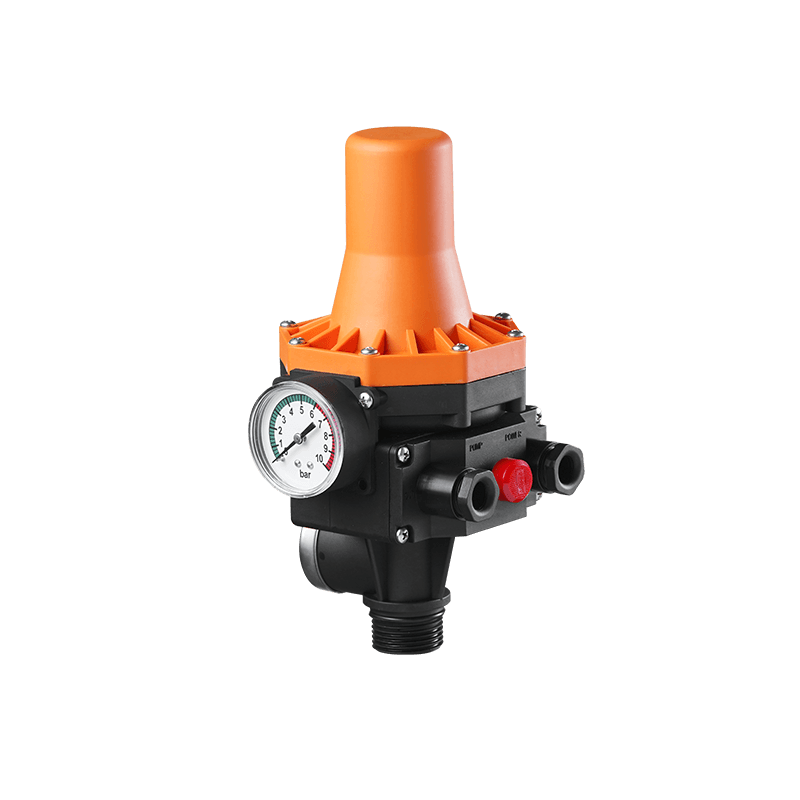 EPC-3
EPC-3Monro EPC-3 spain design auto on and off press control, an intelligent and economical system designe...
-
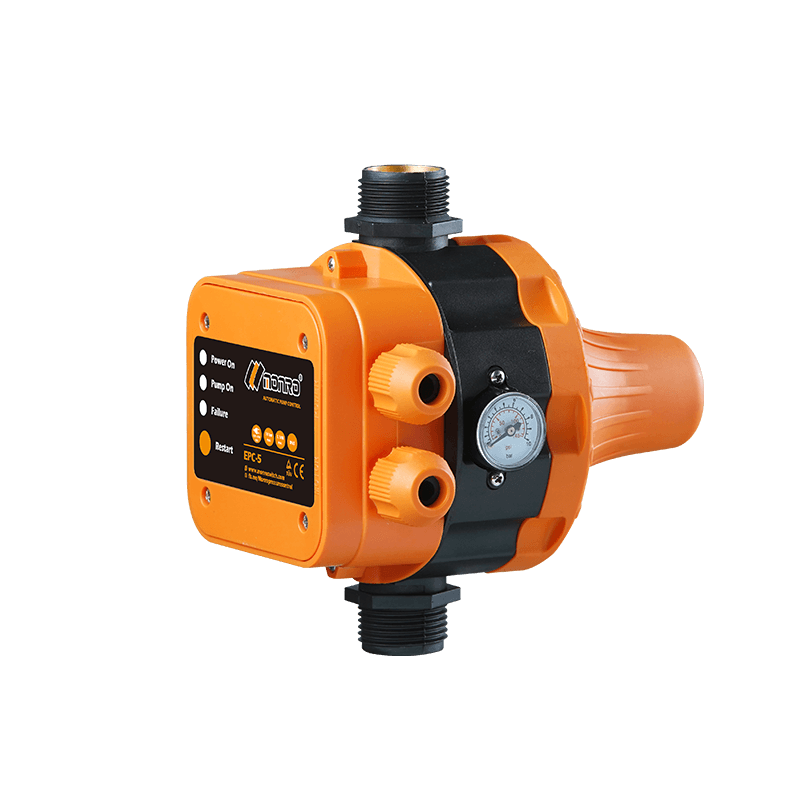 EPC-5
EPC-5Monro EPC-5 model automatic pump control, a device which assembled on the water pump (recommended si...
-
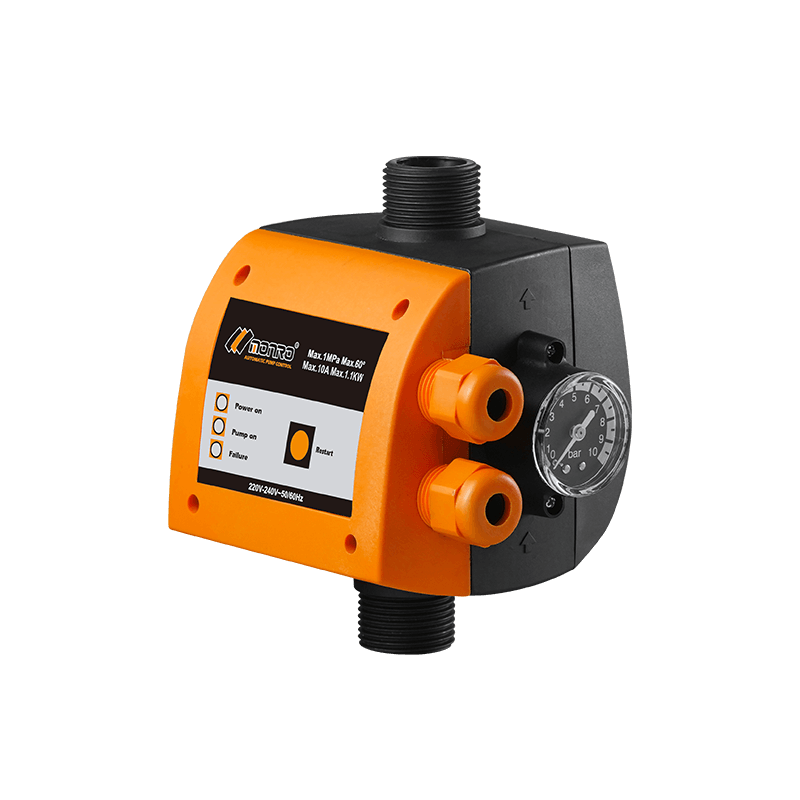 EPC-9
EPC-9Monro EPC-9 model pressure controller, is a big power device for automatic control and protection of...
-
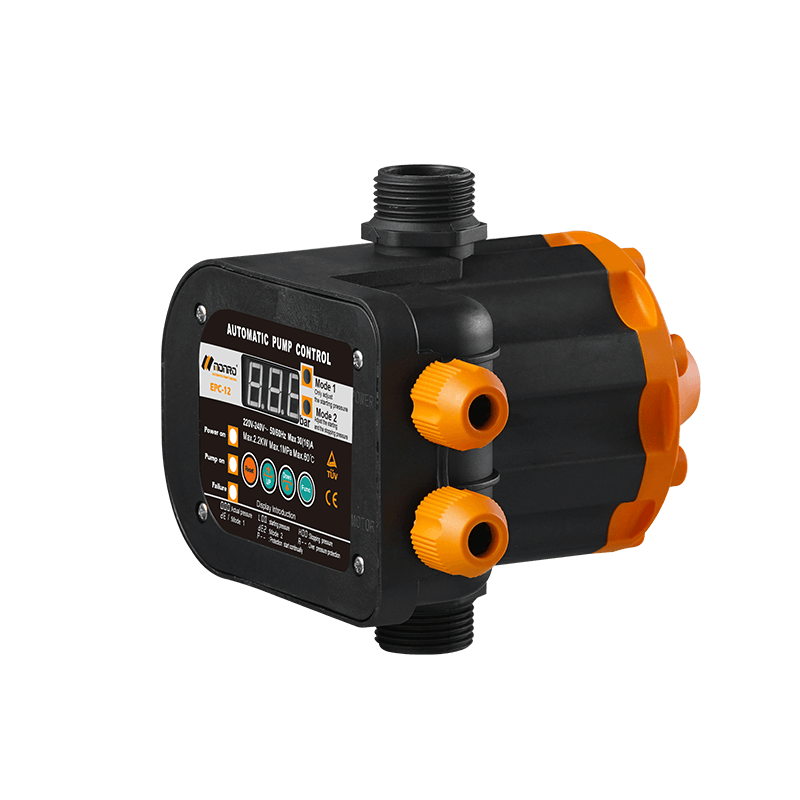 EPC-12
EPC-12Monro EPC-12 smart top-level automatic pump control is a multi-function model combined with traditio...
-
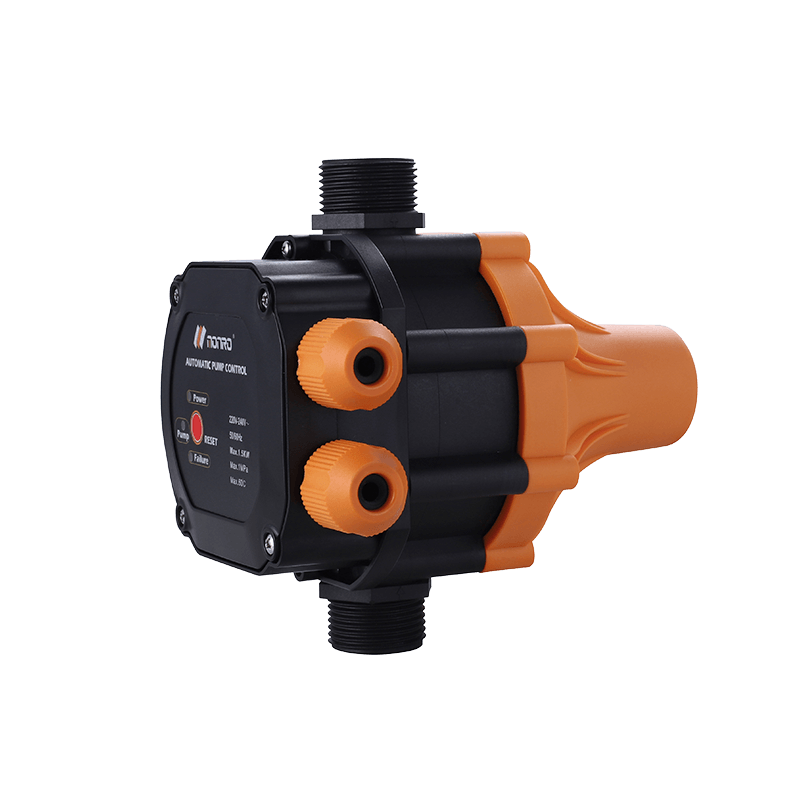 EPC-14
EPC-14Monro EPC-14 model pressure control is a big power device for automatic control and protection of el...
-
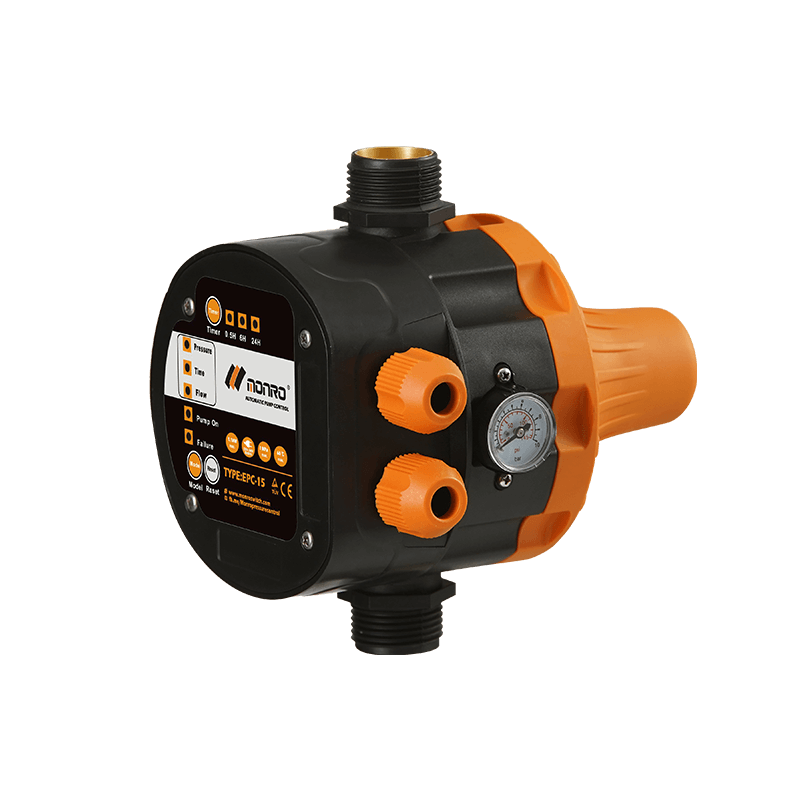 EPC-15
EPC-15Monro EPC-15 model automatic pump control, a device which assembled on the water pump (recommended s...
-
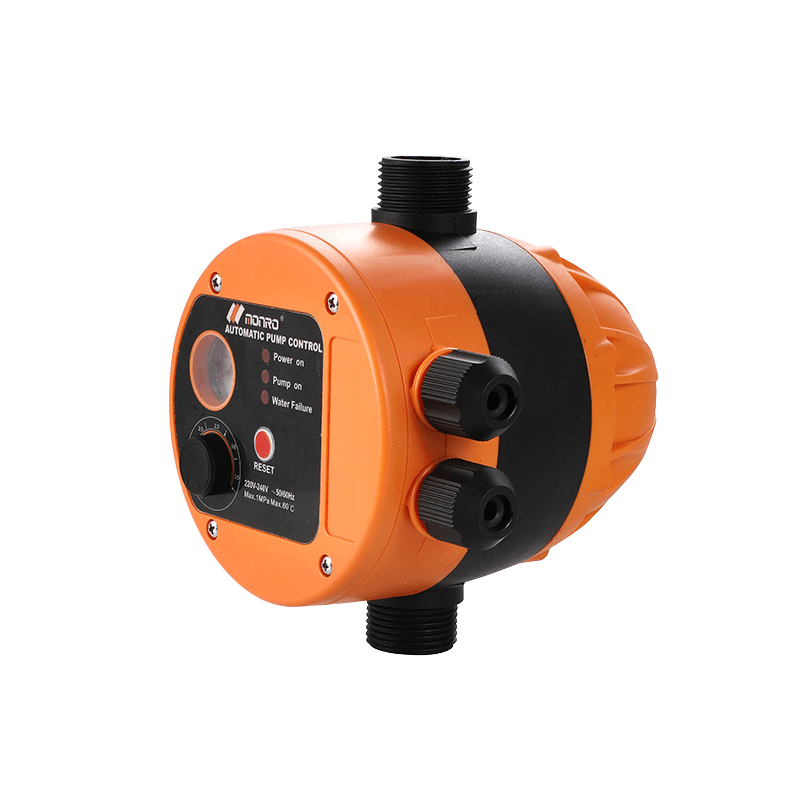 EPC-16
EPC-16EPC-16 is the new patent pump controller by Monro. Its key highlight is tooless (manual knob) start...
find our office
Committed to providing professional pressure control solutions for various types of water pumps and air compressors.

 简体中文
简体中文 English
English Español
Español